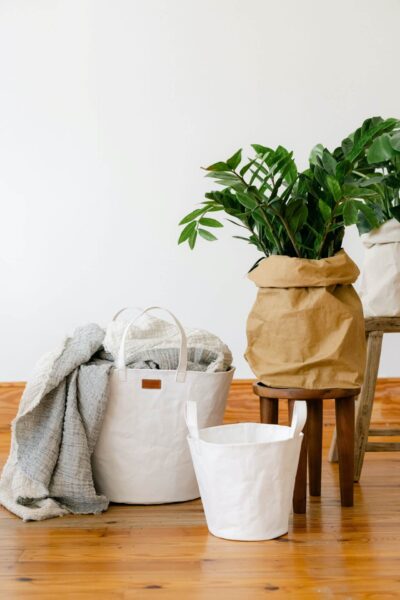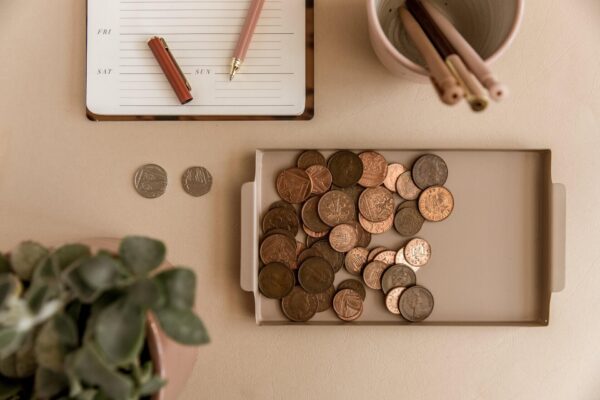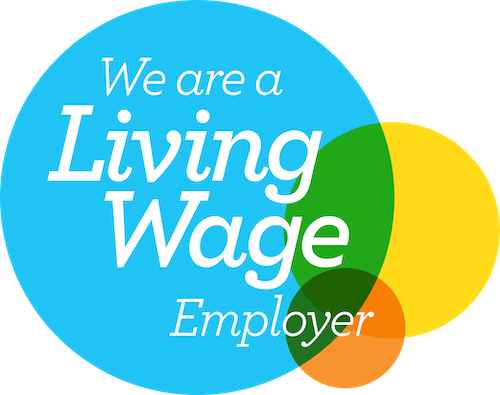Like we said in our accompanying blog post, How setting a free delivery limit helps you sell more products, people love having the option to not pay for stuff. It will actually encourage them to buy more products.
Which is why I’m about to let you in to my secrets on how to pick the best Free Delivery Limit for your online shop.
How to calculate your free delivery limit
I would never leave you hanging bbz, because now it’s my favourite time. Maths time.
1. Establish your base value with some cheeky KS2 maths
If you hate maths, ya don’t need to freak out and bail. We’ll just be doing some simple adding and rounding, but first I’m going to take you back to about Year 8, and talk about the three types of averages – mean, median, and mode.
We’ll be using one of these averages to determine the base value for your business’ Free Delivery Limit, which basically means that we need to establish a price point at which most customers will not be eligible for free delivery, but they will be close enough to be motivated into adding that extra product to their basket,
Mean Average Order Value
For the vast majority of businesses, we’ll be using your Mean Average Order Value, which is usually just known as your Average Order Value. It’s calculated by dividing the total value of your orders (e.g. £3,000), by the number of individual orders (e.g. 60 orders), to demonstrate how much the average person spends (e.g. £50).
The great news is that most ecommerce platforms like Squarespace, Shopify and WooCommerce calculate the Average Order Value for you, and you can even find it in Google Analytics if you have Enhanced Ecommerce switched on.
Median Average Price Point or Order Value
There are a few occasions where the Mean Average Order Value just doesn’t make sense. A common small business example would be an illustrator who mainly sells greetings cards and stationery for £3 – £10, but also have a small selection of art prints at £50+.
In this case, the Mean Average Order Value might be £32 – which is way too high a Free Delivery Limit for the stationery lovers, and too low for the art print shoppers.
In this case, a Median can make more sense. The Median is the middle value in a set of numbers, so if you make a list of all your products, or a list of all your recent orders, ordered from highest to lowest – it’s the price of the product price or order value in the middle.
The Median works as a base value because we can be sure that half the audience will be below the base value, and therefore can be motivated to spend more.
Signature Product or Mode Average
Some ecommerce brands are renowned for selling one thing, a signature product. They might have other items available, but the brand is centred around a single or small selection of products.
Think something like my new business, Classy Teapots Inc where I sell a signature teapot for £40 in 60 different colours. I also sell £7 cups, £4 sugar bowls, and have a few fancy crystal-studded teapots for £75 each.
It just wouldn’t make sense for the Free Delivery Limit to be lower than my £60 signature teapot – even if my Mean or Median said so. That’s why you can also take a Mode approach. The Mode average is the most common value in a set of numbers, which means by setting my Free Delivery Limit base value at the cost of my most popular/signature product, I know that most customers will be motivated to top up.
Rogue and Exceptional Base Values
And because no two small businesses are the same, there will always be outliers who don’t fit in to any of my Mean, Median or Mode groups. Maybe you sell lamps and furniture, and it’s just totally impractical for you to ever give free delivery on a chaise lounge. In which case, you need to calculate that base value on what works for your small business. Soz bbz.
2. Work out the top-up value
So now we have a base level for our Free Delivery Limit, which represents the basket values that we are targeting for those top-up purchases. Now we need to work out how much higher our Free Delivery Limit should be – and I’m starting with the maximum limit of our limit, the cap.
And it’s simple really, the difference between your base level and your Free Delivery Limit should not be more than double your standard delivery cost.
Going back to Classy Teapots Inc:
- Base Level: £60
- Standard UK Delivery: £6
- Free Delivery Limit cap: £60 + (2 x £6) = £72
So now I know my online shop’s Free Delivery Limit should be above £60, but below £72. That’s because of that great deal feeling consumers get when they treat the delivery saving as a discount on their additional purchase.
The bigger the gap between the delivery cost and the amount required to hit the Free Delivery Limit, the smaller the perceived saving – which also means a lower chance of additional purchases. Doubling the delivery cost is a good rule of thumb for an amount which will still feel bargaintastic.
The next step is to make sure that your customers will have plenty of options for topping up their purchase. After all, they can’t add £6 to their basket if you don’t sell anything cheaper than £15.
Try to make sure you have at least 5 items or 15% of your inventory that could be used to top up a basket, and pick the highest price of these. That is your top-up value, which we are going to add to your base level for our Rough Free Delivery Limit.
Classy Teapots Inc
- Base Level: £60
- Low priced item/tea cup: £7
- Top up value: £7
- Rough Free Delivery Limit: £60 + £7 = £67
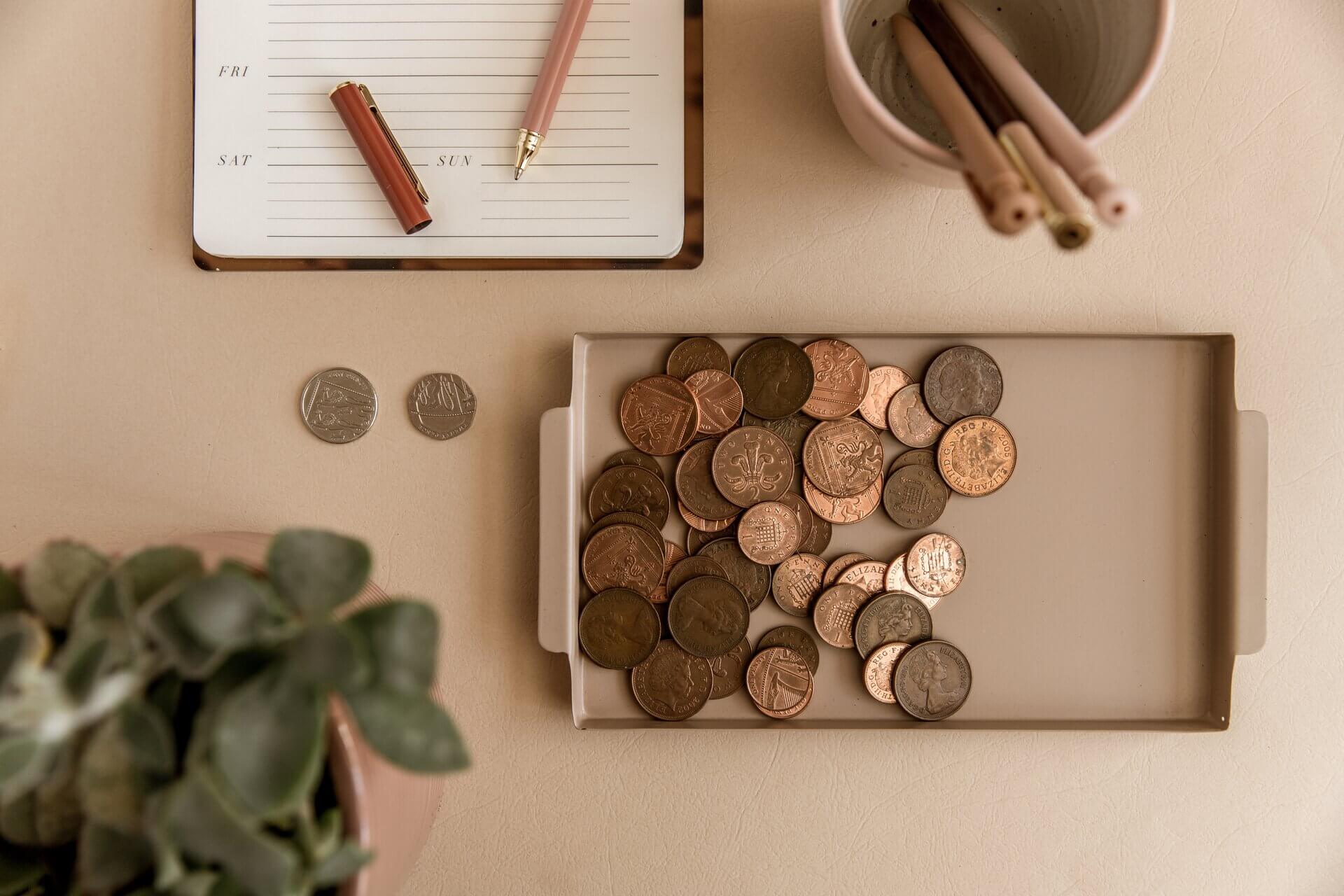
3. Round to a (five) pound
Sick of maths yet? I am getting there too and I ruddy love maths. The next stage is to round your rough Free Delivery Limit to a nice multiple of five. Why? To make your customers mathsing easier. It’s a heck of a lot easier to know that at £44, I am £6 short of a £50 delivery limit, than £8 short of a £52 limit. Plus it’s just catchier.
I tend to prefer to round up as opposed to round down – the only exception is if rounding up takes you above that sneaky cap.
Classy Teapots Inc
- Base Level: £60
- Rough Free Delivery Limit: £67
- Cap: £72
- Final Free Delivery Limit: £70
And there you go, we just ruddy nailed it. Or did we?
4. Sense check your sales tactic
I’m pretty sure we’ve just worked out your perfect Free Delivery Limit – but it’s always worth taking a step back for one view of the big picture. Is it reasonable and realistic to expect your customers to make the purchase that you’re encouraging, and receive the reward you’re offering?
For Classy Teapots Inc, I think it is. Asking a loyal customer to consider spending £14 two teacups with their teapot in order to save £6 feels pretty good. It’s a significant saving, the products sit together nicely, there’s plenty of alternatives, and we both get a significant benefit. Nice one bbz.
Maintain profit margins on your products
You might be thinking, “Hey Aime, are you saying that I need to give loadsa delivery away for free? Bish you know that pish costs money yo”.
Nah babes, I’m so not. You need to build some of that sweet sweet wiggle room into your pricing for promotions like free delivery, or your summer sale, or those occasional 10% discounts.
You’re not throwing away £18 on delivery charges that should have been paid by Sally, Maneesh, and Jacob, you’re investing that money in your small business’ sales and marketing activity.
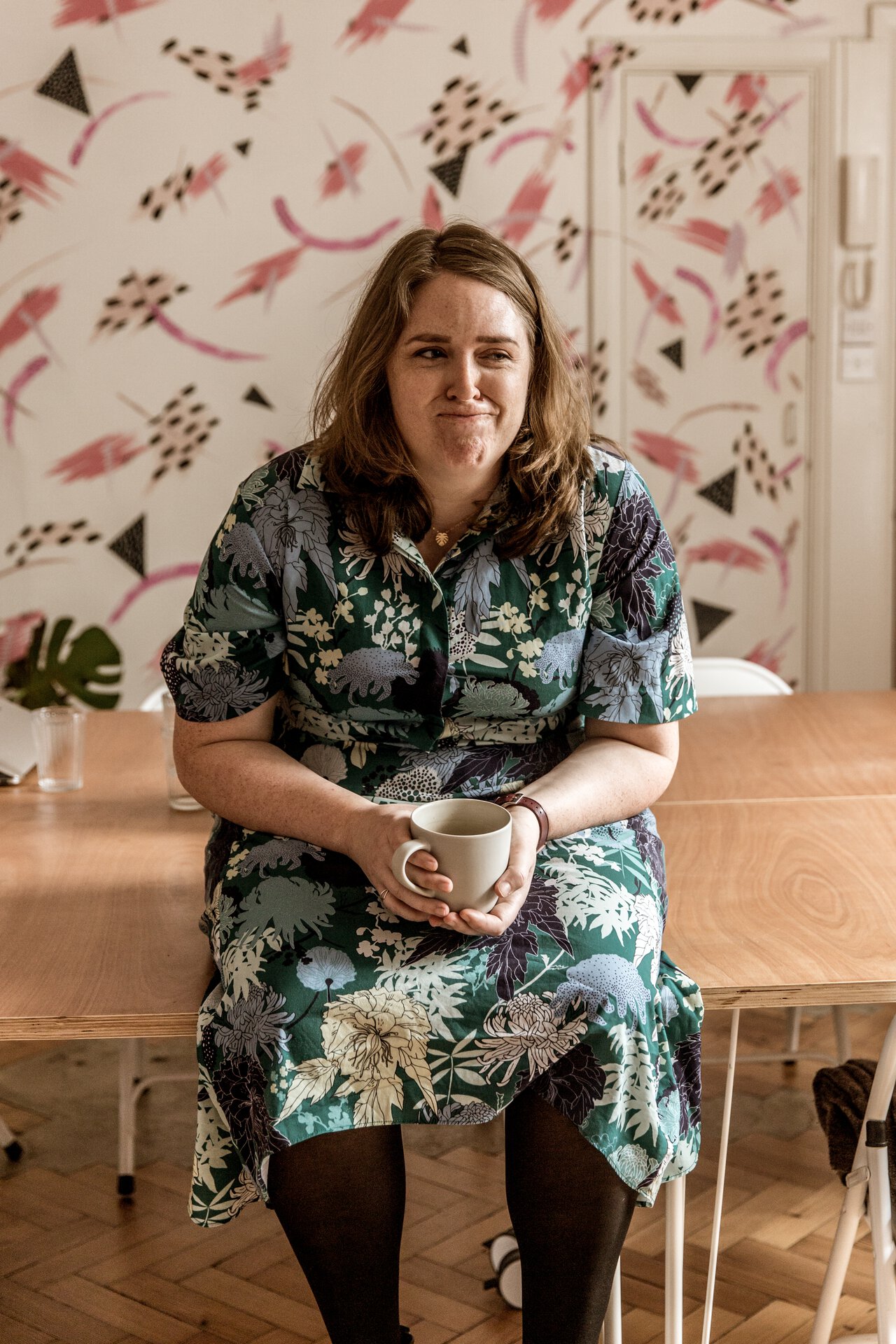
Bonus benefit: Setting an expectation
Unexpected costs at the checkout is regularly cited as the top cause for abandoning an online purchase.
By promoting Free delivery over £xx, you’re not only totally removing the issue for those who will make that limit, but you are setting the expectation that anyone under that limit will be paying for shipping.
The issue is rarely the cost, it’s the expectation. And boom, we just fixed it like a pair of total bosses.
You’ll only sell more if your customers know your limits
Plaster your Free Delivery Limit all over the place. I wanna see it in your social media profiles, I wanna see you share it in your posts. Pop it at the top of your website. Pop it in the bottom of your website. Pop that pish on your basket and checkout pages. Heff, even pop that pish in your meta data.
The Free Delivery Limit sales tool only works if your customers know it exists. So tell ‘em.






